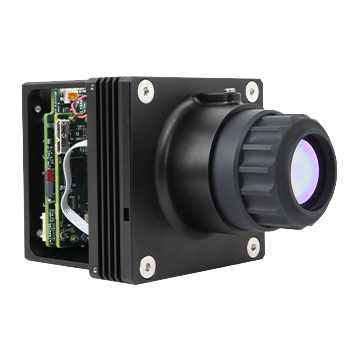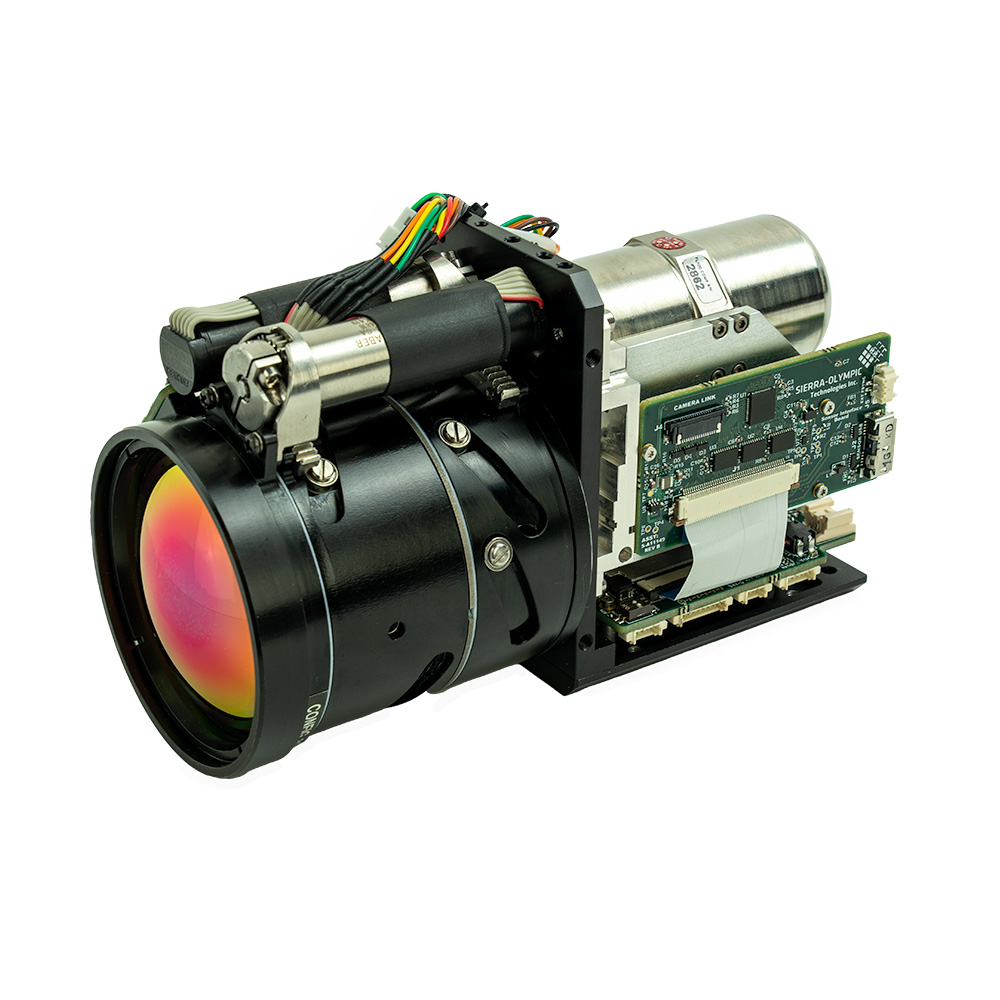The electromagnetic spectrum spans and incredible range of energy, from long-wavelength radio waves to high-energy gamma rays. Among these is the visible light spectrum, which allows humans to see color and visualize what is around them. At Sierra-Olympia, we focus on a particular segment of this spectrum: the infrared (IR) band. By converting these invisible waves into a visible image, we enable precision imaging and drive advancements infrared technology.
A Journey Through the Electromagnetic Spectrum
To appreciate the nuances of infrared imaging, we must first understand the broader electromagnetic spectrum. Spanning immense ranges of wavelength and energy, this spectrum includes:

- Radio Waves and Microwaves: The longest wavelengths used for communication.
- Visible Light: A narrow band of wavelengths perceivable by the human eye, experienced as colors like red, blue, and green.
- Ultraviolet (UV), X-rays, and Gamma Rays: High-energy bands used in medical imaging and scientific research.
In between microwaves and visible light visible light lies the infrared band, a fascinating realm that’s invisible to the naked eye yet rich in potential for imaging and analysis. Infrared itself is divided into distinct bands, each with its own unique applications.
The Infrared Band: A Closer Look
Infrared light is categorized into three primary bands:
- Long-Wave Infrared (LWIR): Spanning wavelengths of 8-14 microns, LWIR is ideal for thermal imaging and detecting heat signatures.
- Mid-Wave Infrared (MWIR): Covering wavelengths of 3-5 microns, MWIR excels in high-contrast imaging, even in challenging atmospheric conditions.
- Short-Wave Infrared (SWIR): Operating at shorter wavelengths, SWIR offers capabilities for imaging in low-light or obscured environments.
Each of these bands has specific benefits and challenges. For example, atmospheric absorption between 5 and 8 microns makes this range less usable, which is similar to looking through a fogged window. At Sierra-Olympia, we’ve mastered the art of tailoring sensors to excel within the LWIR and MWIR ranges, delivering unparalleled image quality.
Measuring Infrared Light: The Role of Wavelengths
Infrared light is measured in microns (millionths of a meter). Imagine a stone creating ripples in water, this wave-like behavior is analogous to how light propagates. The distance between successive peaks of these waves defines their wavelength. Shorter wavelengths correspond to higher energy photons, while longer wavelengths indicate lower energy. For LWIR sensors, light is measured in wavelengths around 10 microns, whereas MWIR sensors detect light in the 3-5 micron range. This precise measurement allows us to design cameras capable of capturing intricate details in diverse applications, from industrial inspections to environmental monitoring.
LWIR Example: Vayu HD
The Vayu HD is designed to capture images in the 8-14 micron range. Infrared light enters the camera through a lens, focusing onto a detector array. This array, shielded by a glass cover, converts the light into electrical signals. These signals undergo processing to produce high-resolution thermal images, displaying temperature variations with remarkable clarity. Outputs can be visualized in black-and-white or false-color palettes, where bright regions indicate heat and dim regions reflect cooler areas.

MWIR Example: Ventus Compact MK2
The Ventus Compact MK2 operates in the 3-5 micron range. Equipped with a motorized zoom lens, this camera is optimized for applications requiring precision and adaptability. Unlike LWIR sensors, MWIR detectors often require cryogenic cooling to achieve high sensitivity. This process involves encasing the detector in a vacuum-sealed chamber, cooled by a miniature refrigeration unit. Despite the complexity, the result is clear, high-contrast imaging suitable for long-range surveillance or scientific analysis.

Engineering Excellence in Detector Design
Sierra-Olympia’s innovation stems from meticulous engineering. Our detectors are designed to maximize sensitivity while minimizing noise, enabling accurate data capture even in extreme conditions. The compact packaging of our LWIR sensors contrasts with the specialized, cryogenically-cooled designs of MWIR systems. This flexibility ensures that we meet the demands of diverse industries and applications.
From Light to Insight
Infrared imaging is about translating that IR spectrum into meaningful uses. Whether visualizing heat distribution, identifying structural weaknesses, or monitoring environmental changes, our cameras provide the clarity and precision needed to act with confidence. We’re committed to pushing the boundaries of what’s possible with infrared technology by mastering the spectral band. We empower users to see the world in a new light literally and figuratively.

